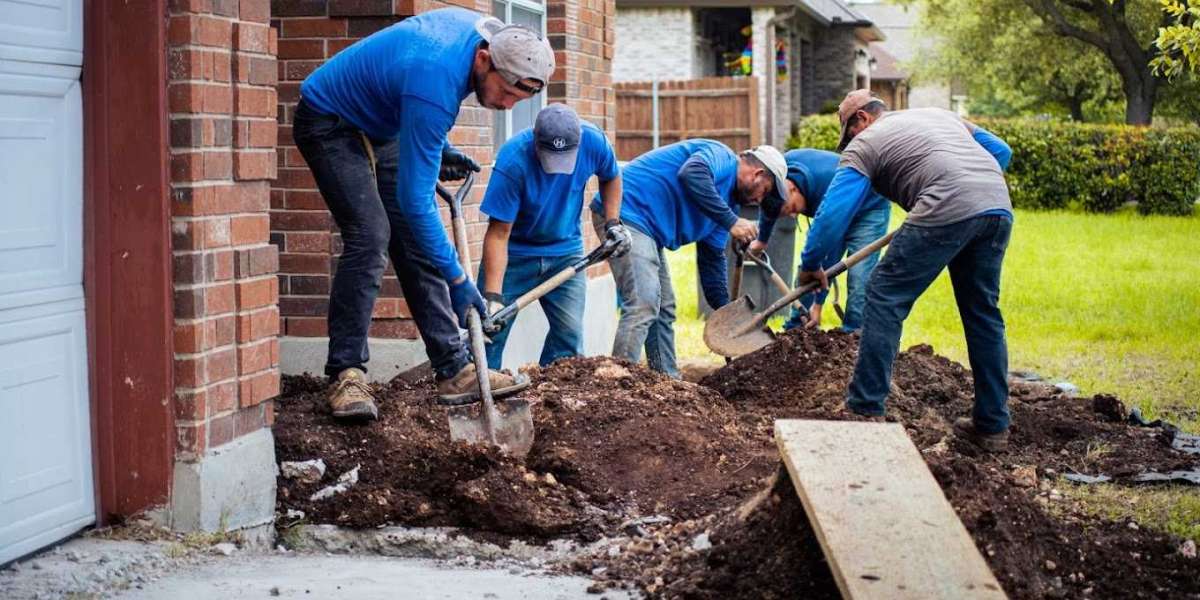Creating Your Own Will: A Guide to Writing Your Last Testament
Drafting your last will and testament is an essential step in ensuring that your assets are distributed according to your wishes after your passing. While it's advisable to seek legal counsel for complex estates or specific legal advice, many individuals can create a legally binding will on their own. In this guide, we'll walk through the steps of drafting your will, providing clarity through bold headings for each section.
1. Introduction
Begin your will with a clear statement identifying it as your last will and testament. Include your full legal name and address, and declare that you are of sound mind https://trusted-willwriting.co.uk/contact-us/ and legal age to make this will.
2. Appointment of Executor
Designate an executor, the person responsible for carrying out the provisions of your will. Choose someone you trust implicitly, whether a family member, friend, or professional. Ensure they are willing to take on this role.
3. Guardianship for Minors
If you have minor children, specify who will become their guardian(s) in the event of your death. Discuss this decision with the chosen guardian(s) beforehand to ensure their willingness to take on this responsibility.
4. Distribution of Assets
Clearly outline how you want your assets to be distributed. Be specific about which assets go to which beneficiaries. This section can include real estate, bank accounts, investments, personal belongings, and any other valuable possessions.
5. Specific Bequests
If you have particular items or sums of money you wish to leave to specific individuals or organizations, list them separately in this section. This might include family heirlooms, charitable donations, or gifts to friends.
6. Residuary Clause
Include a residuary clause to cover any assets not specifically mentioned in your will. This ensures that all of your property is accounted for and distributed according to your wishes.
7. Digital Assets and Accounts
In today's digital age, don't forget about your online presence. Provide instructions for accessing and managing your digital assets, including email accounts, social media profiles, and online subscriptions.
8. Funeral and Burial Wishes
Express your preferences for your funeral arrangements and burial or cremation. While not legally binding, outlining your wishes can provide guidance and peace of mind to your loved ones during a difficult time.
9. Witnesses and Signatures
For your will to be legally valid, it typically https://trusted-willwriting.co.uk/contact-us/ requires signatures from witnesses. Check your local laws for specific requirements regarding the number of witnesses and their qualifications. Witnesses should be impartial parties who won't inherit anything from your will.
10. Review and Update
Regularly review and update your will to reflect any changes in your circumstances, such as marriage, divorce, births, deaths, or significant changes in your assets. Keeping your will current ensures that it accurately reflects your wishes.
Conclusion
Drafting your own will can provide peace of mind knowing that your affairs are in order and your loved ones are provided for according to your wishes. While this guide offers a framework for creating a basic will, consulting with a legal professional can offer additional guidance and ensure that your will complies with all legal requirements in your jurisdiction. By taking the time to create a clear and comprehensive will, you can provide clarity and comfort to your loved ones during a challenging time.







